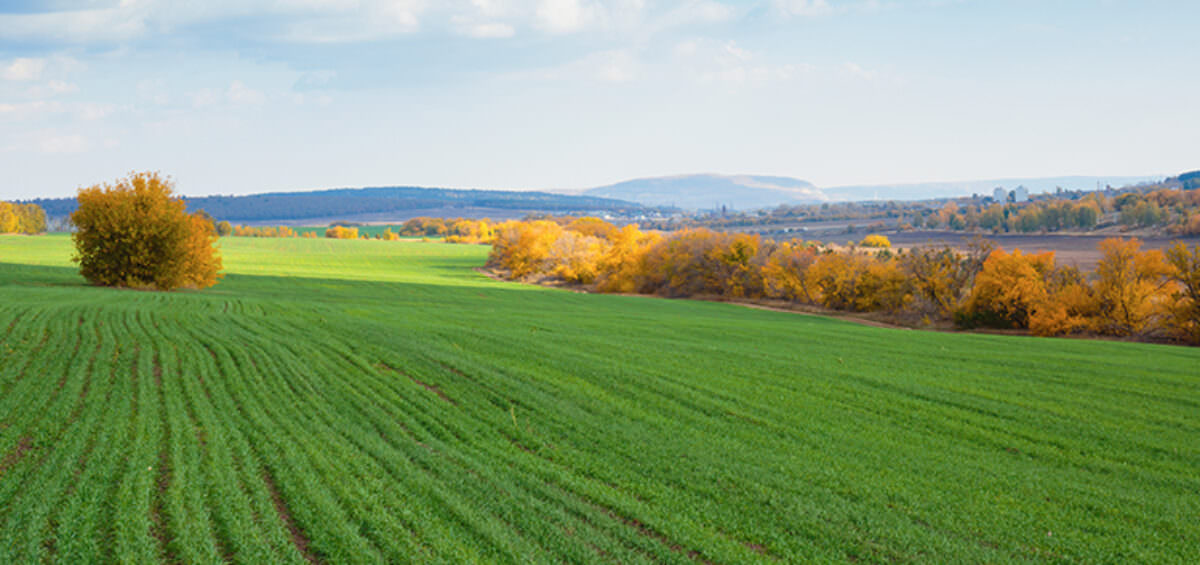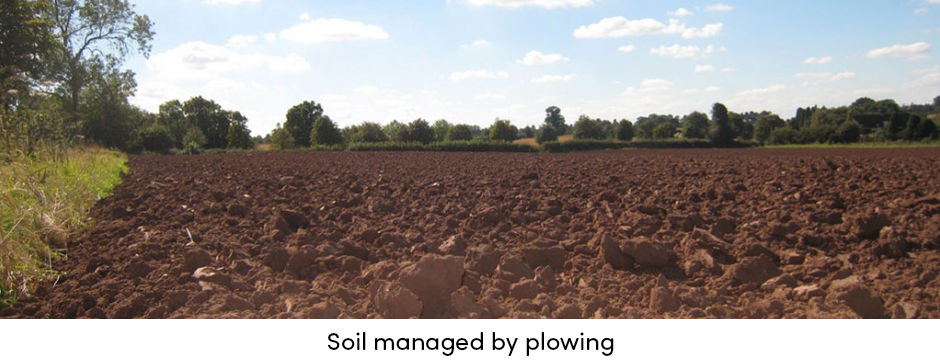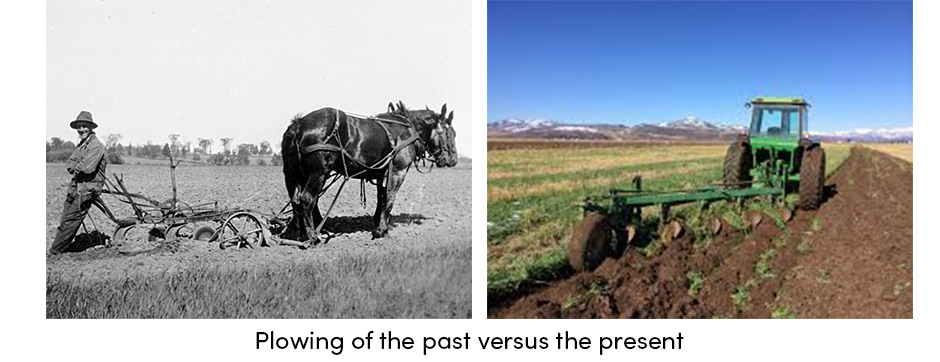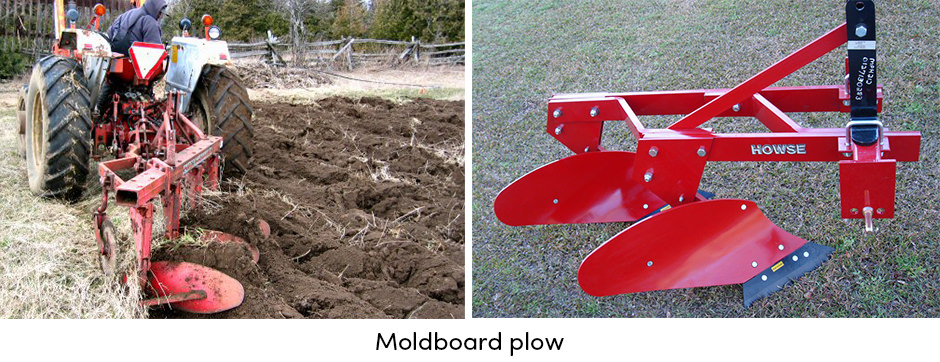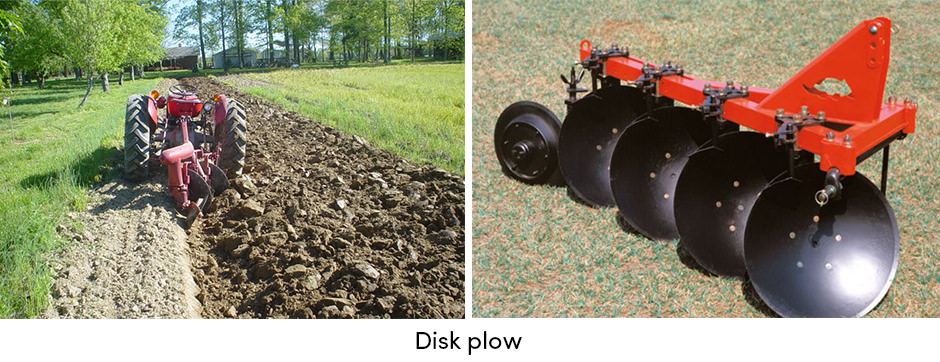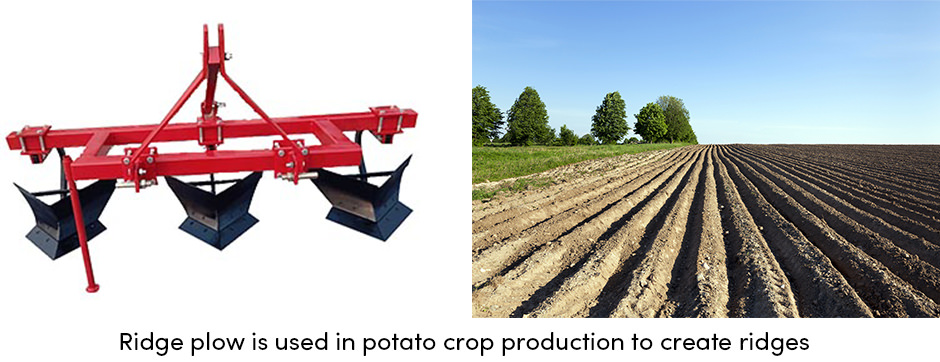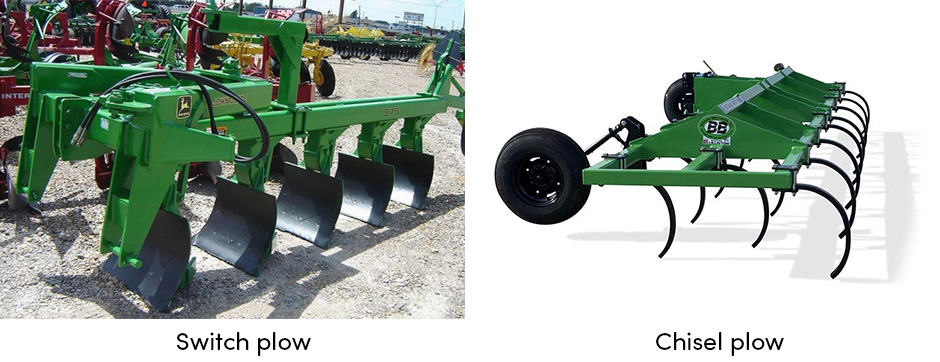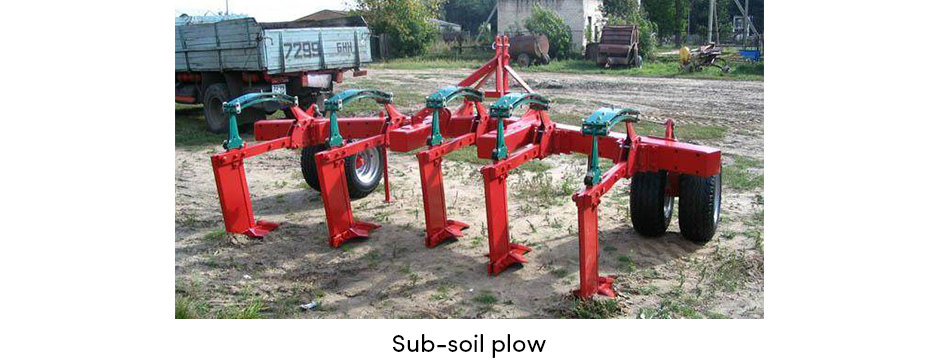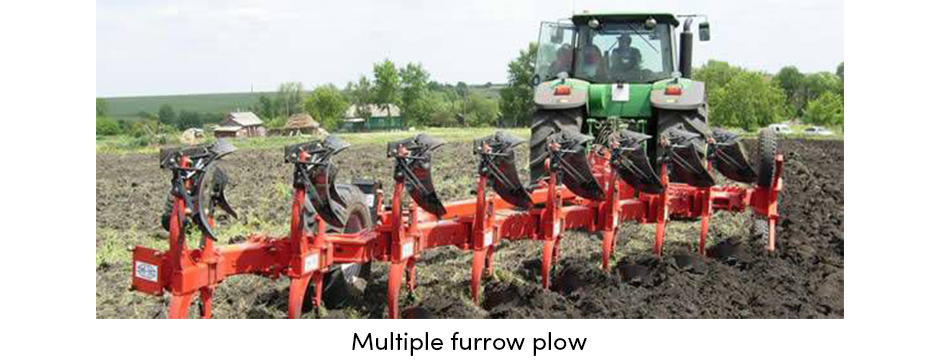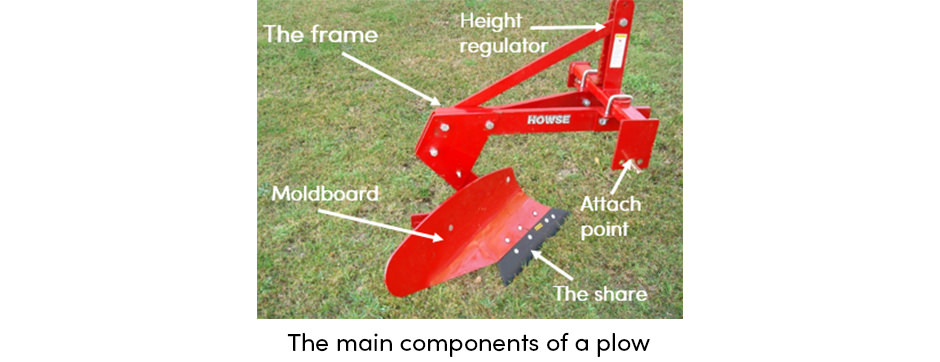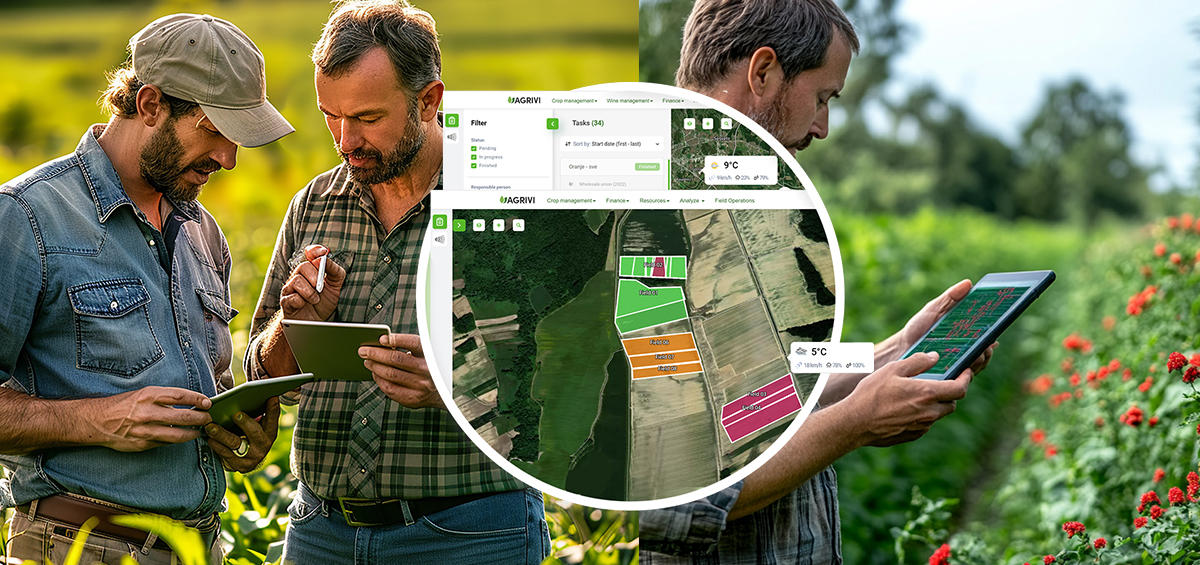Plowing is one of the most important soil management practices, used for centuries to create a straight, grained, structural, and moist sowing layer. Plowing is a simple, but effective farm practice that cuts, granulates, and inverts the soil, creating furrows and ridges. Depending on the depth and time of plowing there a few types of plowing, including:
A Revolutionary Farming Tool: The Plow
The plow is one of the oldest farming tools with a remarkable revolution, originating from simple and primitive plows to modern plowing machinery. Historically, plowing was a demanding and labor-intensive farm practice. However, today’s farmers have the opportunity to choose between various types of plows and improved farm machinery. With all of the available farm machinery, a farmer can just relax and sit in the tractor, leaving the rest of the work to the technology.
Types of Modern Plow Machinery
Together, with the development of industry, farm machinery has experienced strong improvements. Today, there are various farming implements and tools that facilitate every step of crop production: from managing the soil to harvesting. More precisely, regarding plows, there are various types of machinery available on the market. The only thing that a farmer needs to do is to choose the right one.
When considering the depth of plowing, plows are classified into:
- Plows for very shallow plowing: 10-20 cm (4-8 in)
- Plows for shallow plowing: 20-30 cm (8-12 in)
- Plows for deeper soil tillage: 30- 40 cm (12-16 in)
- Plows for undermining: more than 40 cm (16 in)
On the other hand, according to the type of managing of the soil, there are a few different types of plows:
1. Moldboard plow; wing-shaped plow that consists of a large curved bottom attached to a frame; it slices and inverts a layer of soil leaving a rough soil surface
2. Disc plow; mounted large steel disks cut through the soil turning it over, in some cases they break furrow slices
3. Ridge plow; consists of double wings that raise the soil into a furrow; used for creating ridges for particular crops, such as potatoes
4. Switch plow; consists of a rectangular shaped plow body; used for the plowing of light and medium soils
5. Chisel plow; used for deeper tillage for loosening and aerating the Unlike other plows, the chisel plow doesn’t invert or turn the soil
6. Sub-soil plow; plows to a depth of 45- 75 cm and breaks up the compacted layers of soil without turning over the soil
Types of Plows According to the Number of Furrows
Along with the classification based on the depth of plowing and the type of managing of the plowing, plows can be classified according to the number of furrows as well. For example:
- Single furrow plow
- Double furrow plow
- Multiple furrow plow
The Main Components of a Plow
The exact composition of a plow differs depending on the plow type. For example, the main parts of moldboard plow equipment are:
- The frame; the main frame of the plow, it holds other attached parts
- Attach point; used to connect to a tractor
- Height regulator; regulates the depth of plowing
- The share; cuts and slices the soil
- Moldboard; the main part, which turns over the soil that was previously cut by the share and courter
In addition to the aforementioned parts, plows may have some additional equipment parts included as well, such as the knife, or colter, the blade that cuts the soil vertically along the furrow.
There are various modern variations of plows, their construction is very complex. However, it’s important to know the basic parts as well as the functions of the different plows.
The type of plow a farmer will choose will largely depend on the demands of his field, soil, and the specific crop production.
So, take the time and choose the proper plow for your field. After all, well-managed and prepared soil is the foundation for successful crop production.
Use Farm Management Software For Proper Soil Management
AGRIVI Farm Management Software is a comprehensive digital platform that helps farmers to plan their crop rotation, keep soil analysis records, and perform crop management, including tillage, fertilization, pest protection, and irrigation. The software also guides you on how to prepare the soil for planting by giving you best practice processes in the form of tasks for over 80 different crops, for all types of production.
Want to know what is the right solution for your needs? Book a free consultation with AGRIVI experts.
